Suzannah Pettigrew's 'tender and ghostly' new show at Surrealist photographer Lee Miller's former home in East Sussex
London-based artist Suzannah Pettigrew's photographic stills create a snapshot of her Sussex coast childhood, conjuring up a hallucinatory world of memory
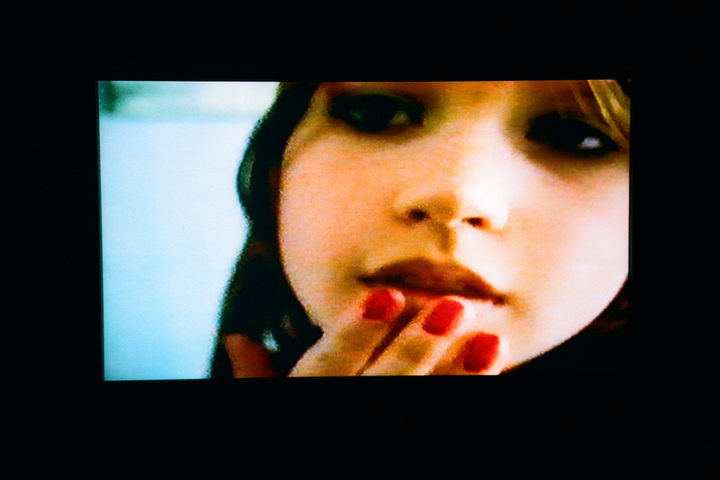
British artist Suzannah Pettigrew uses decades of personal and family films as a portal into the hallucinatory world of memory for her new exhibition ‘The End (For Now)’. The work, which spans framed photographic stills, her signature ‘photo-sculpture’ installations and generative poetry pieces, recontextualises films taken by Pettigrew’s grandfather, father, cousins and the artist herself when she was an adolescent.
The images drawn from these homemade films, made on Super 8 and early digital cameras, are tender and ghostly. We see a grainy glimpse of an empty table dressed with a gingham tablecloth and matching plates; a young Pettigrew filming herself in the bathroom mirror, the hefty black camera eclipsing her not-yet-teenage face; a pixelated TV showing sailboats against a black sky, and other quotidian moments from Pettigrew’s early life growing up in the seaside Sussex town of Eastbourne.
Suzannah Pettigrew, ‘The End (For Now)’

Suzannah Pettigrew, Filming in the Bathroom Mirror
By reconstituting these films, which are also the collective visual memories of her family, Pettigrew shows us just how destabilised our understanding of the past can be. We take it as a given that if we capture something on film, it is the truth, but what if, Pettigrew asks, technological mediums are just as unreliable as our minds? What if reality is always, inevitably, morphing into fantasy?
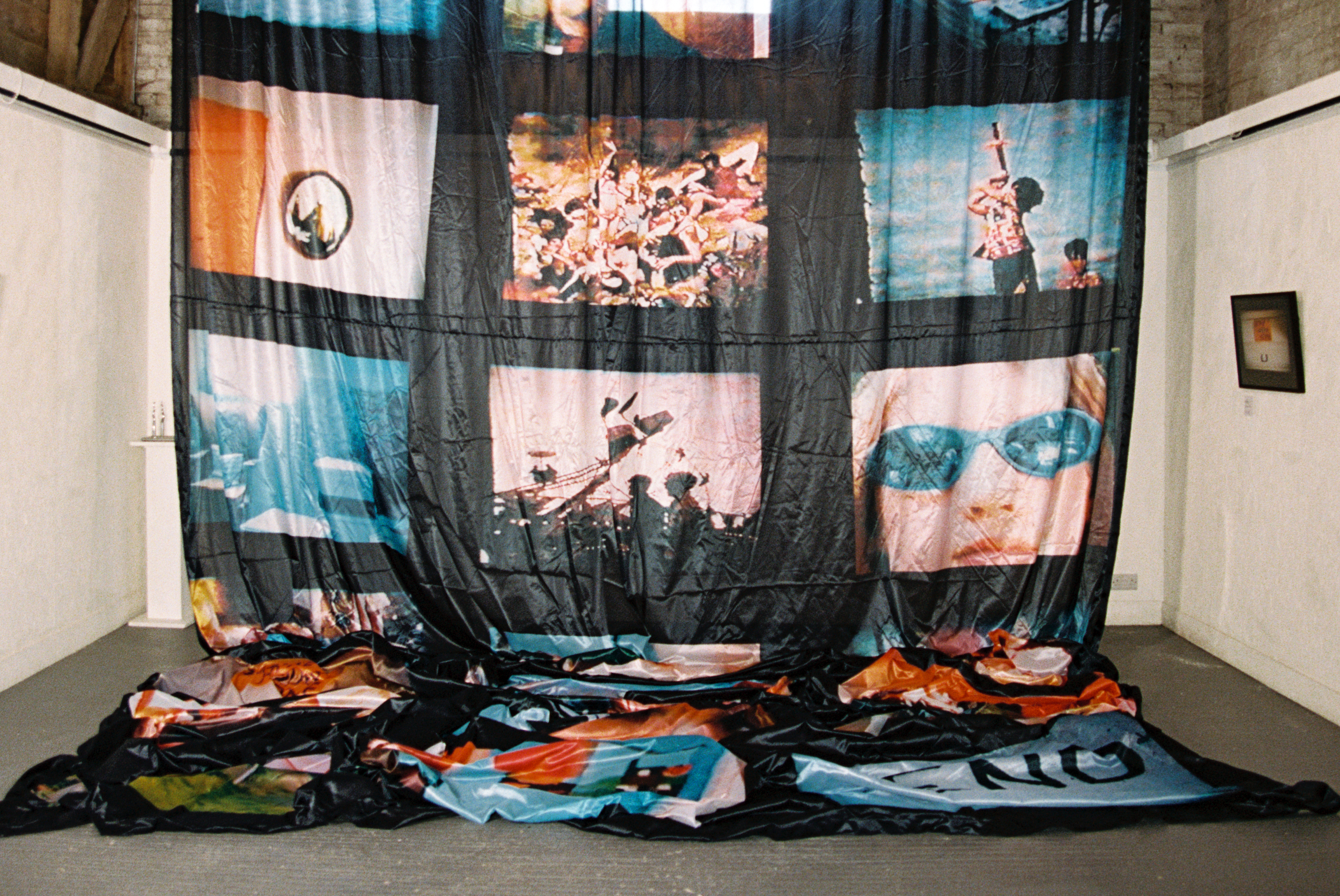
Suzannah Pettigrew, 'The End (For Now)', installation view
Pettigrew’s ability to fracture the distinction we draw between reality and fantasy makes it perfectly fitting that ‘The End (For Now)’ is taking place at Farleys, the former home of Surrealists Lee Miller and Roland Penrose in the East Sussex countryside.
The fact that the show is happening at Farleys is especially poignant for Pettigrew, who visited the house exactly 20 years ago on a trip that has informed her artistic practice ever since. The visit cemented Miller as Pettigrew’s defining artistic influence and it was the first time that the young artist met Miller and Penrose’s son, Antony Penrose, who, along with his daughter Ami Bouhassane, is the founder of the Lee Miller Archives and director of Farley House.
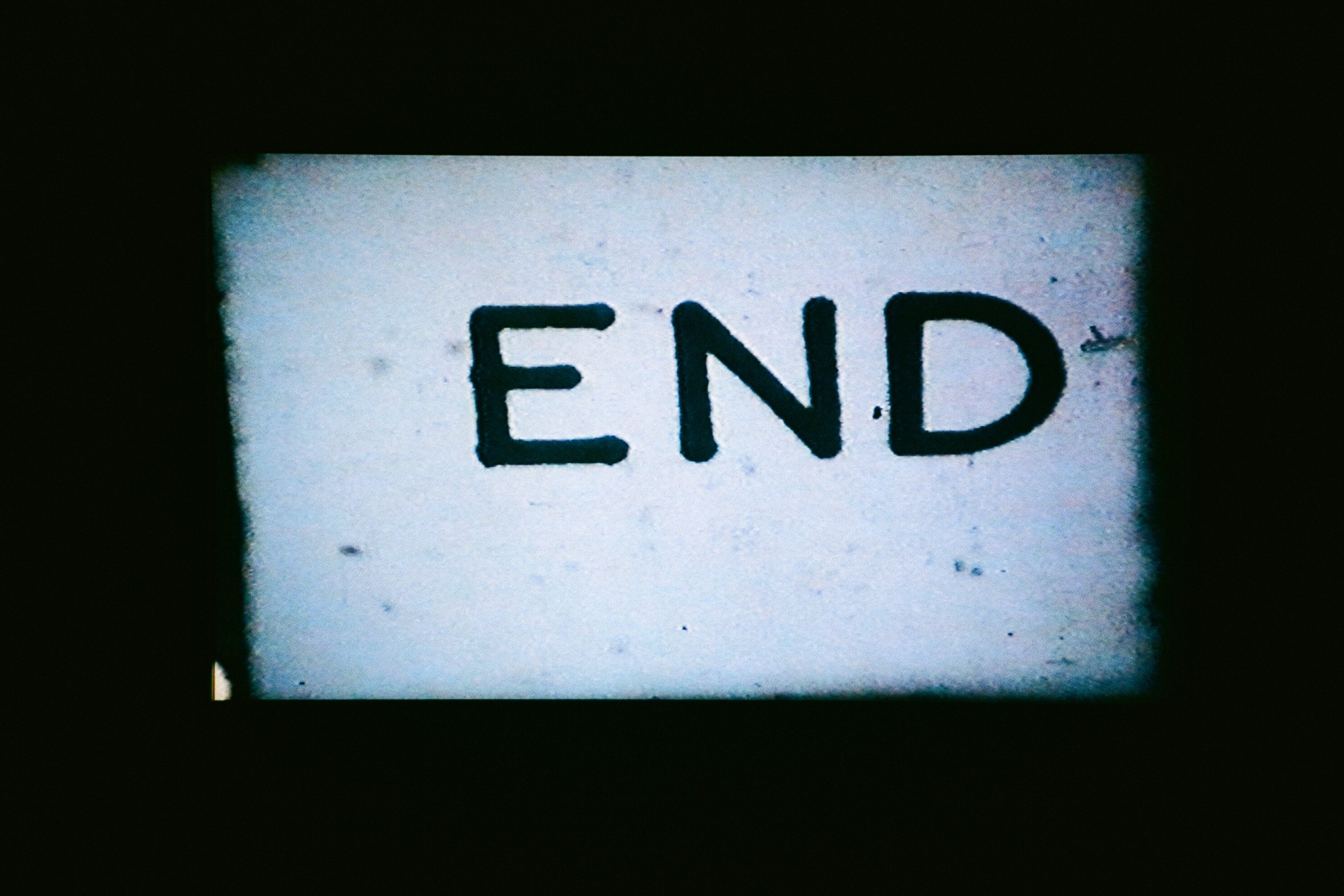
Suzannah Pettigrew, End Card
Pettigrew has created a companion book to the exhibition, which features an illuminating and, at times, astounding interview between herself and Penrose about Miller’s work and how Pettigrew’s own photography fits within its legacy.
For those unfamiliar with Miller’s life, she was a fashion model-turned-photographer, a leading figure in the Surrealist movement, an expat in 1930s Egypt, and a Second World War correspondent who documented the liberation of Paris, the London Blitz, and the concentration camps at Dachau and Buchenwald.
Wallpaper* Newsletter
Receive our daily digest of inspiration, escapism and design stories from around the world direct to your inbox.
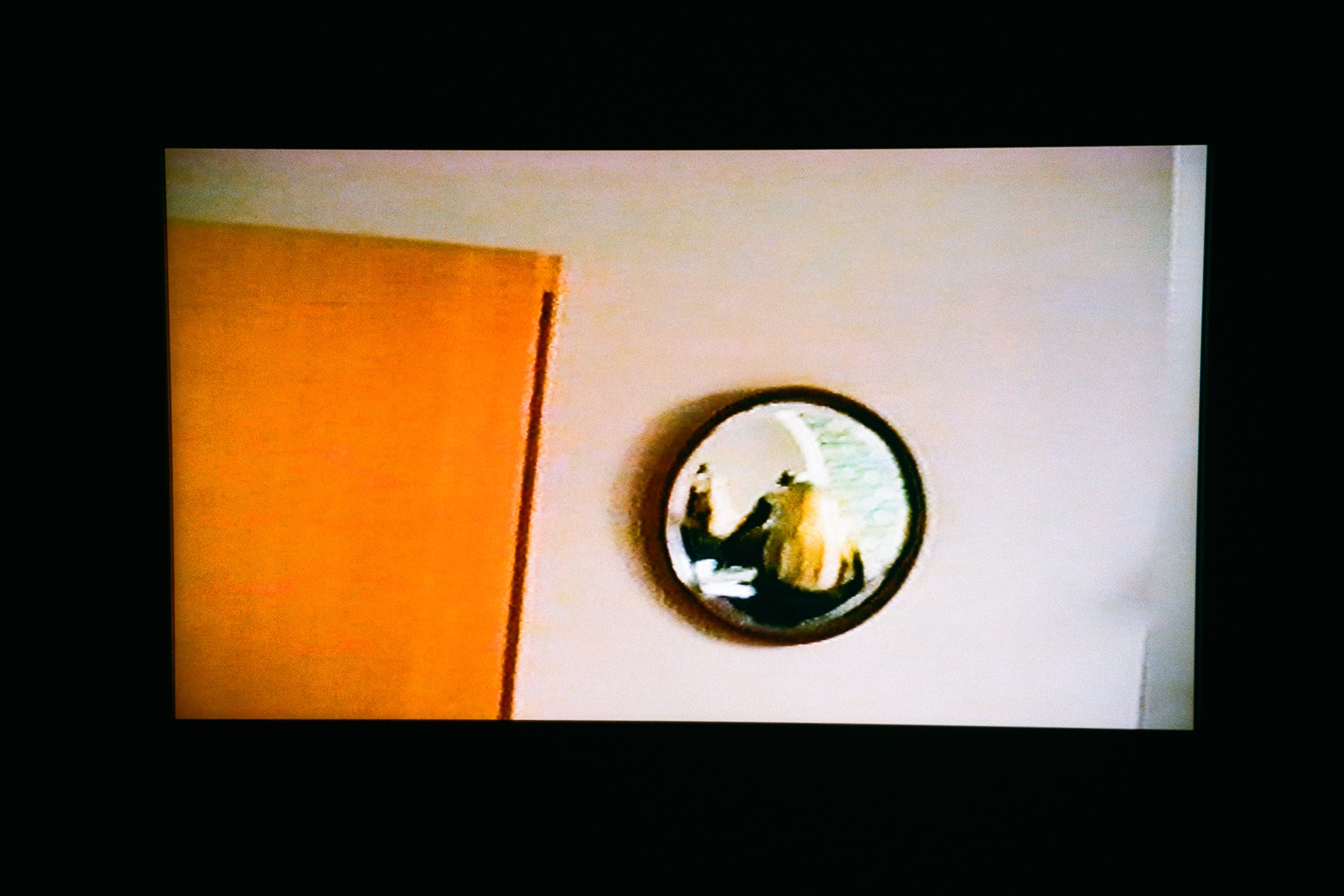
Suzannah Pettigrew, Serena Brushing her Hair
She captured some of the most moving images of the war, but the experience left her with severe post-traumatic stress and, by the 1950s, she had mostly abandoned photography, choosing instead to channel her creative energy into gourmet cooking. Miller died in 1977, by which time her work had become little known to the public and even to her own son, who was not aware of his mother’s remarkable career until, after her death, he found thousands of negatives, photographs, letters and other documents in the attic at Farleys. The book touches on all of this, as well as the struggles Penrose had getting any major museum or gallery to recognise Miller as more than just a footnote in the Surrealist movement.
Together, ‘The End (For Now)’ exhibition and corresponding book celebrate both Miller and Pettigrew as female photographers pushing the limits of what photography can do. As Penrose says to Pettigrew in their recorded conversation, ‘What's important to me about your work is that you're breaking new ground. You're finding ways of making photography relevant and exciting that have not really yet been explored. In this day and age, when media is so prolific, that's a difficult thing to do.’
‘The End (For Now)’ is on show at Farleys until 14 July, farleyshouseandgallery.co.uk
Mary Cleary is a writer based in London and New York. Previously beauty & grooming editor at Wallpaper*, she is now a contributing editor, alongside writing for various publications on all aspects of culture.
-
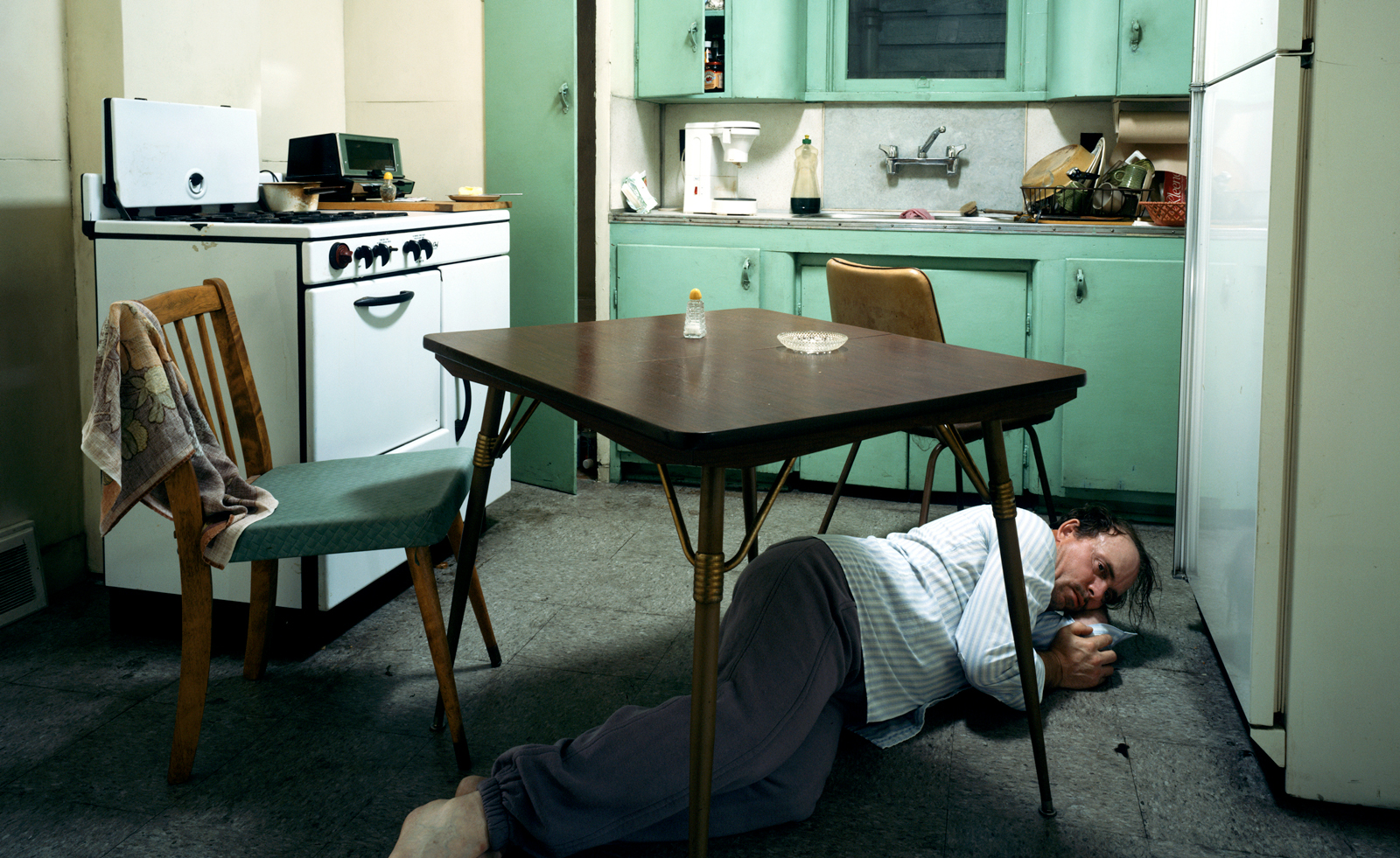 Real or imaginary? Step inside the alternate world of Jeff Wall's photographs
Real or imaginary? Step inside the alternate world of Jeff Wall's photographsJeff Wall's major show at MAAT in Portugal dives into four decades of the photographer's career
By Emily Steer
-
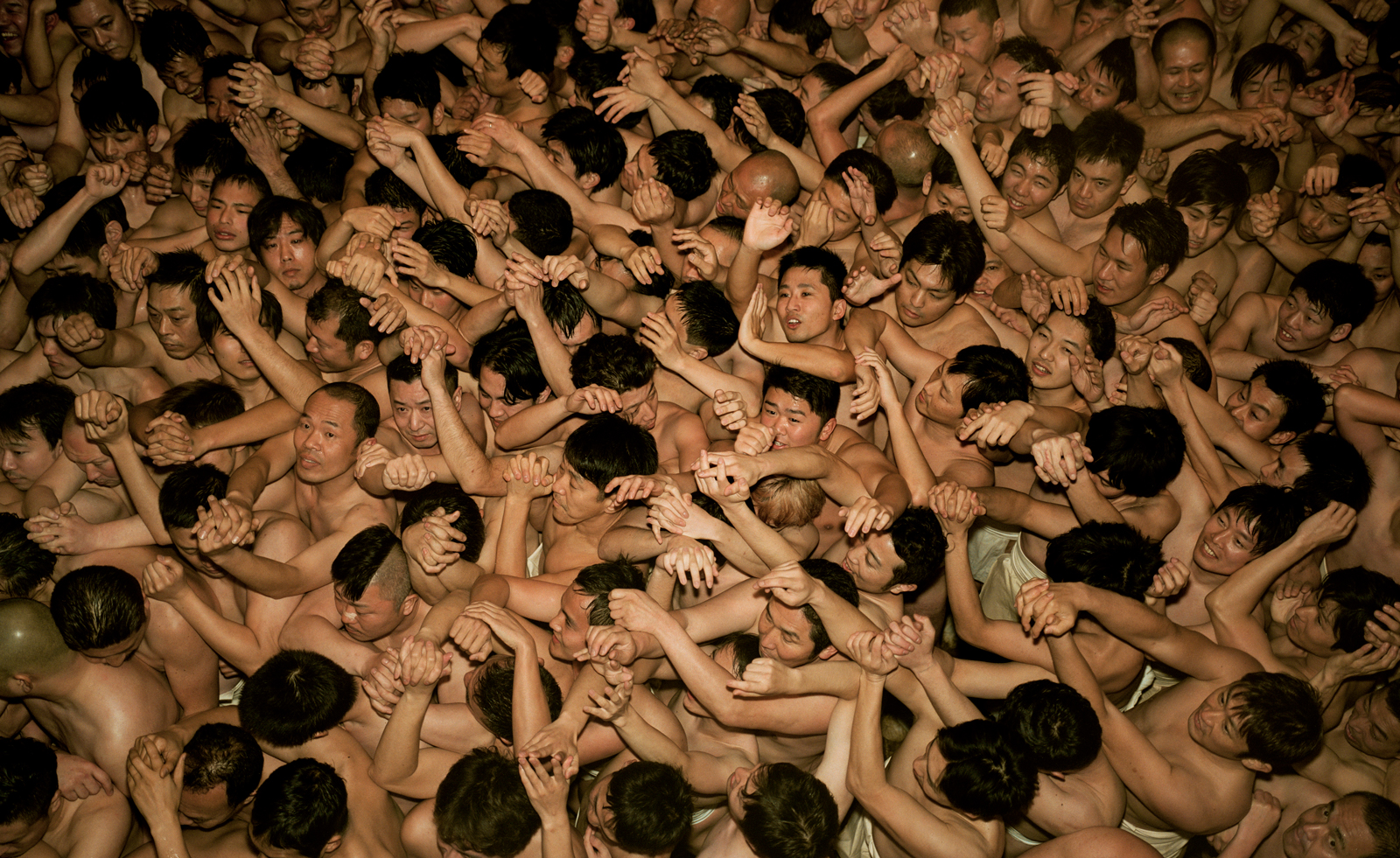 Inside Kyotographie, Japan’s world-renowned photography festival
Inside Kyotographie, Japan’s world-renowned photography festivalKyotographie 2025 embraces the theme ‘Humanity’ in Kyoto – Amah-Rose Abram reports with the highlights, from major and emerging photographers
By Amah-Rose Abrams
-
 Isolation to innovation: Inside Albania’s (figurative and literal) rise
Isolation to innovation: Inside Albania’s (figurative and literal) riseAlbania has undergone a remarkable transformation from global pariah to European darling, with tourists pouring in to enjoy its cheap sun. The country’s glow-up also includes a new look, as a who’s who of international architects mould it into a future-facing, ‘verticalising’ nation
By Anna Solomon
-
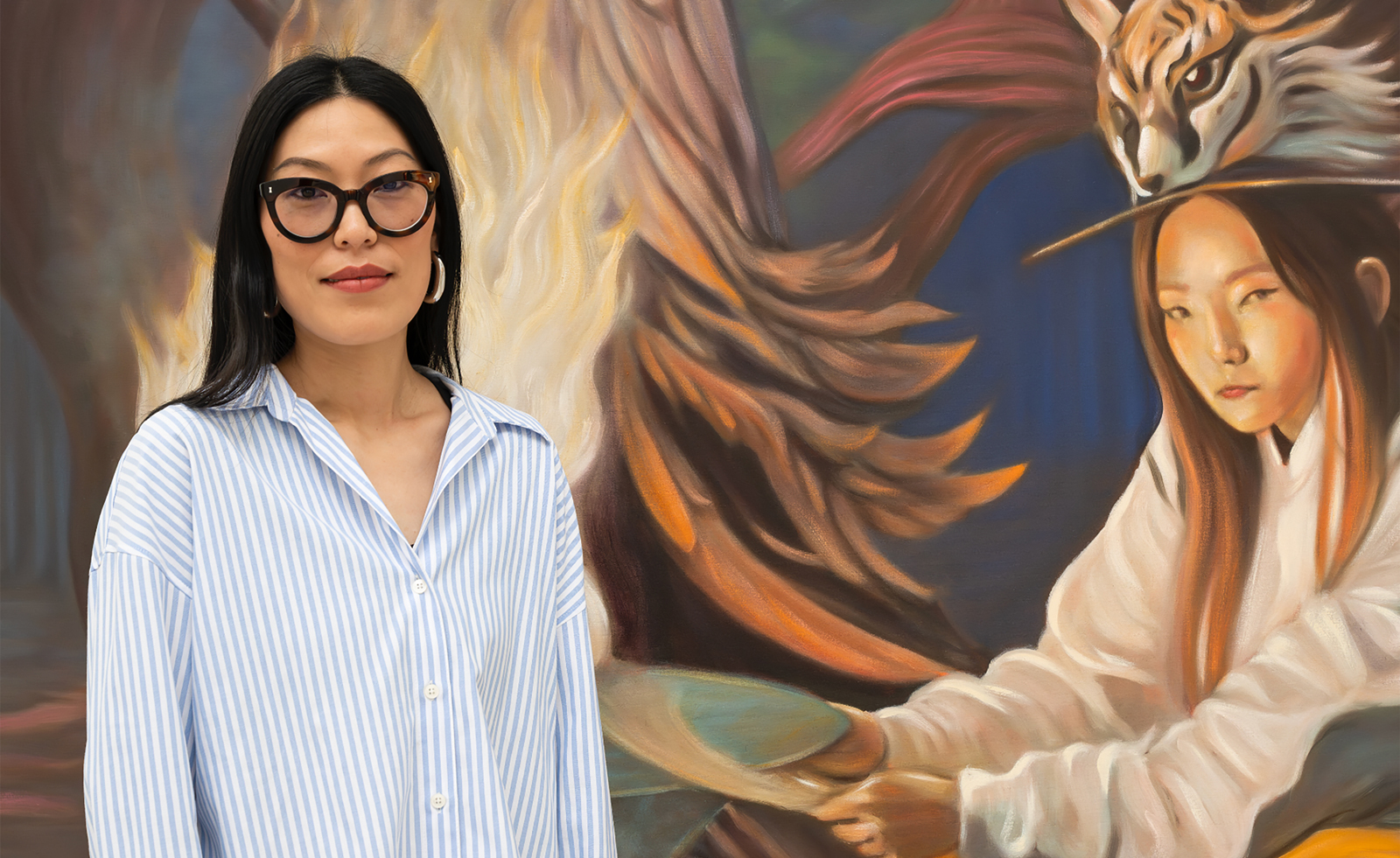 Meet the Turner Prize 2025 shortlisted artists
Meet the Turner Prize 2025 shortlisted artistsNnena Kalu, Rene Matić, Mohammed Sami and Zadie Xa are in the running for the Turner Prize 2025 – here they are with their work
By Hannah Silver
-
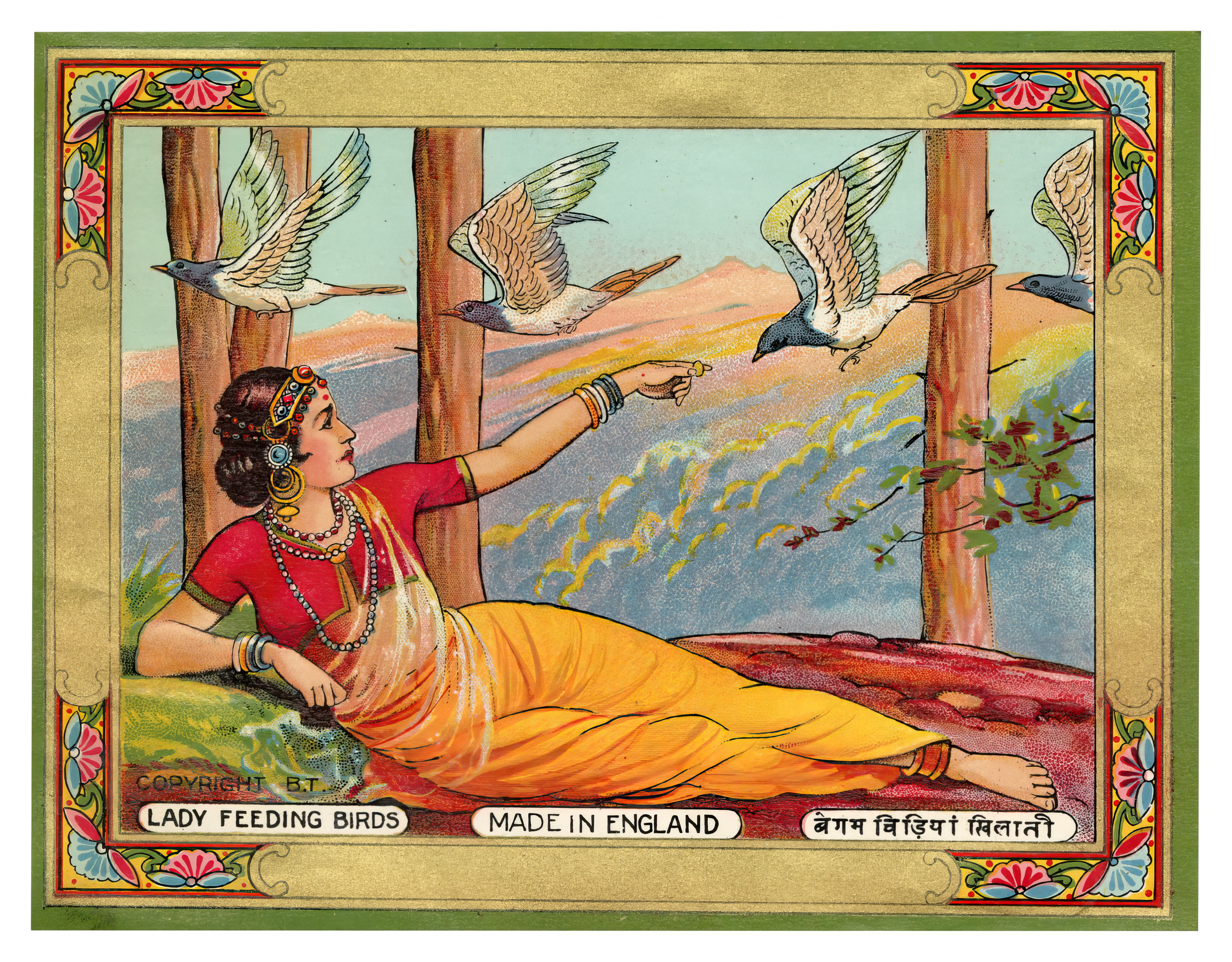 The art of the textile label: how British mill-made cloth sold itself to Indian buyers
The art of the textile label: how British mill-made cloth sold itself to Indian buyersAn exhibition of Indo-British textile labels at the Museum of Art & Photography (MAP) in Bengaluru is a journey through colonial desire and the design of mass persuasion
By Aastha D
-
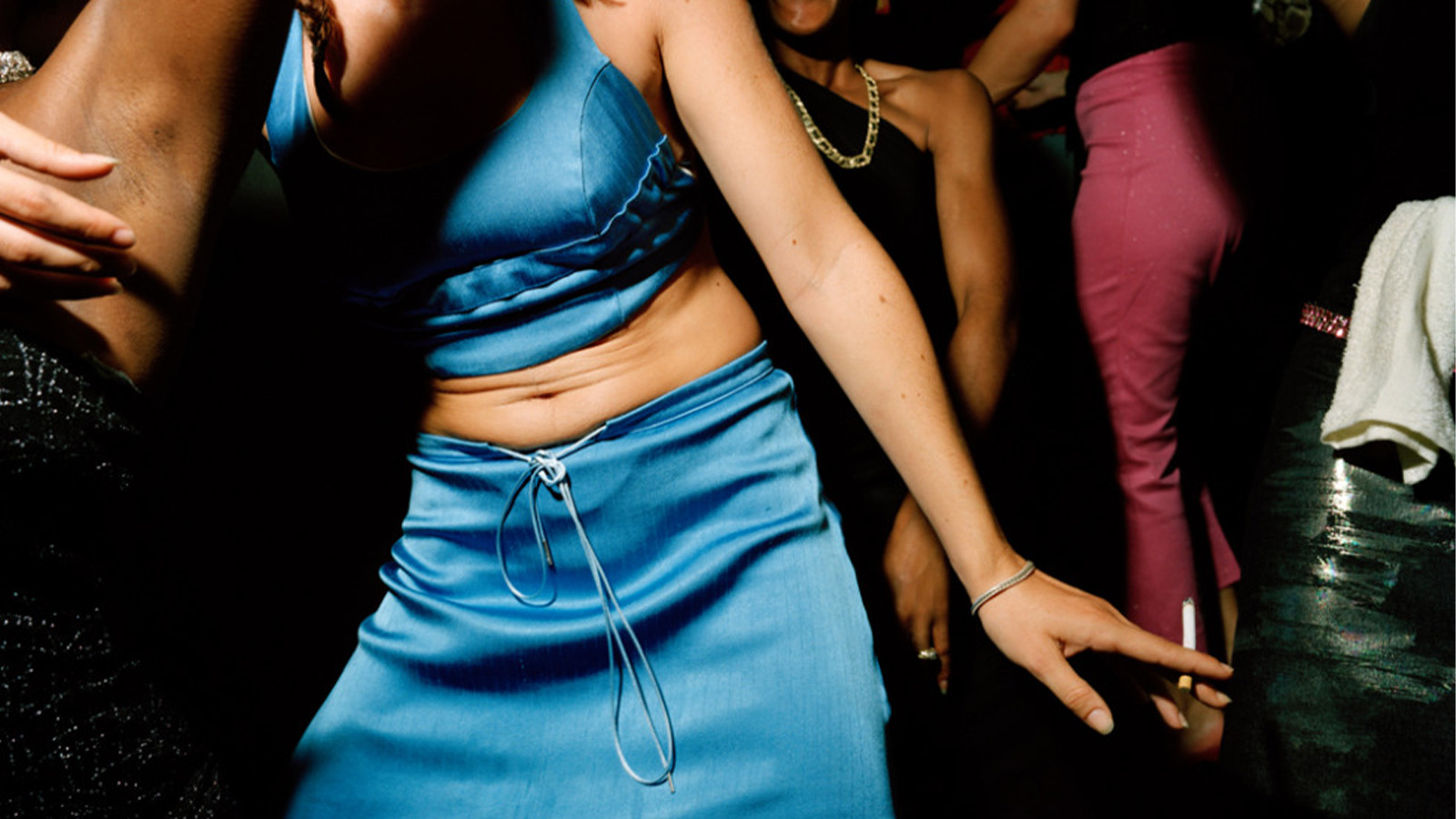 From counter-culture to Northern Soul, these photos chart an intimate history of working-class Britain
From counter-culture to Northern Soul, these photos chart an intimate history of working-class Britain‘After the End of History: British Working Class Photography 1989 – 2024’ is at Edinburgh gallery Stills
By Tianna Williams
-
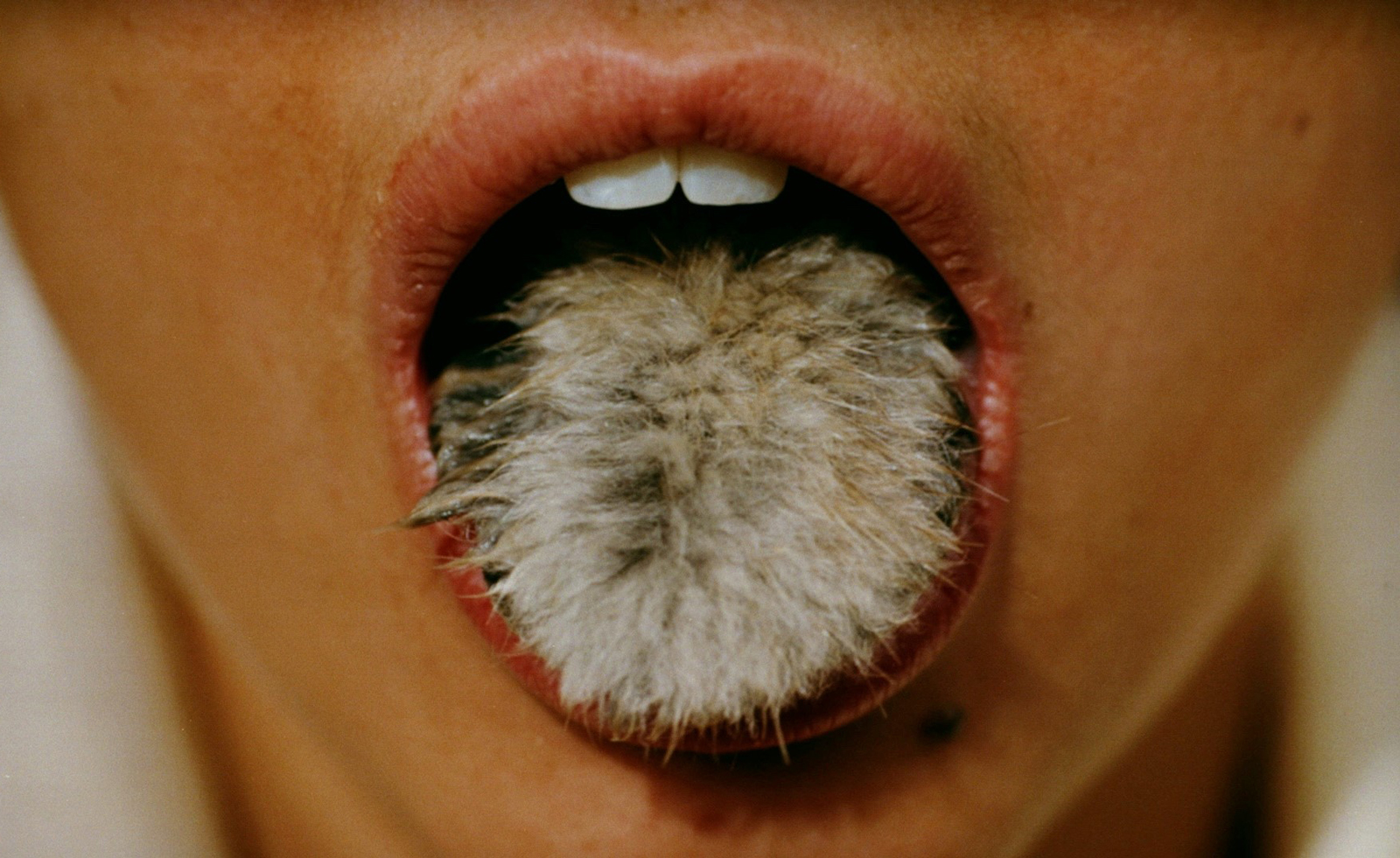 Surrealism as feminist resistance: artists against fascism in Leeds
Surrealism as feminist resistance: artists against fascism in Leeds‘The Traumatic Surreal’ at the Henry Moore Institute, unpacks the generational trauma left by Nazism for postwar women
By Katie Tobin
-
 From activism and capitalism to club culture and subculture, a new exhibition offers a snapshot of 1980s Britain
From activism and capitalism to club culture and subculture, a new exhibition offers a snapshot of 1980s BritainThe turbulence of a colourful decade, as seen through the lens of a diverse community of photographers, collectives and publications, is on show at Tate Britain until May 2025
By Anne Soward
-
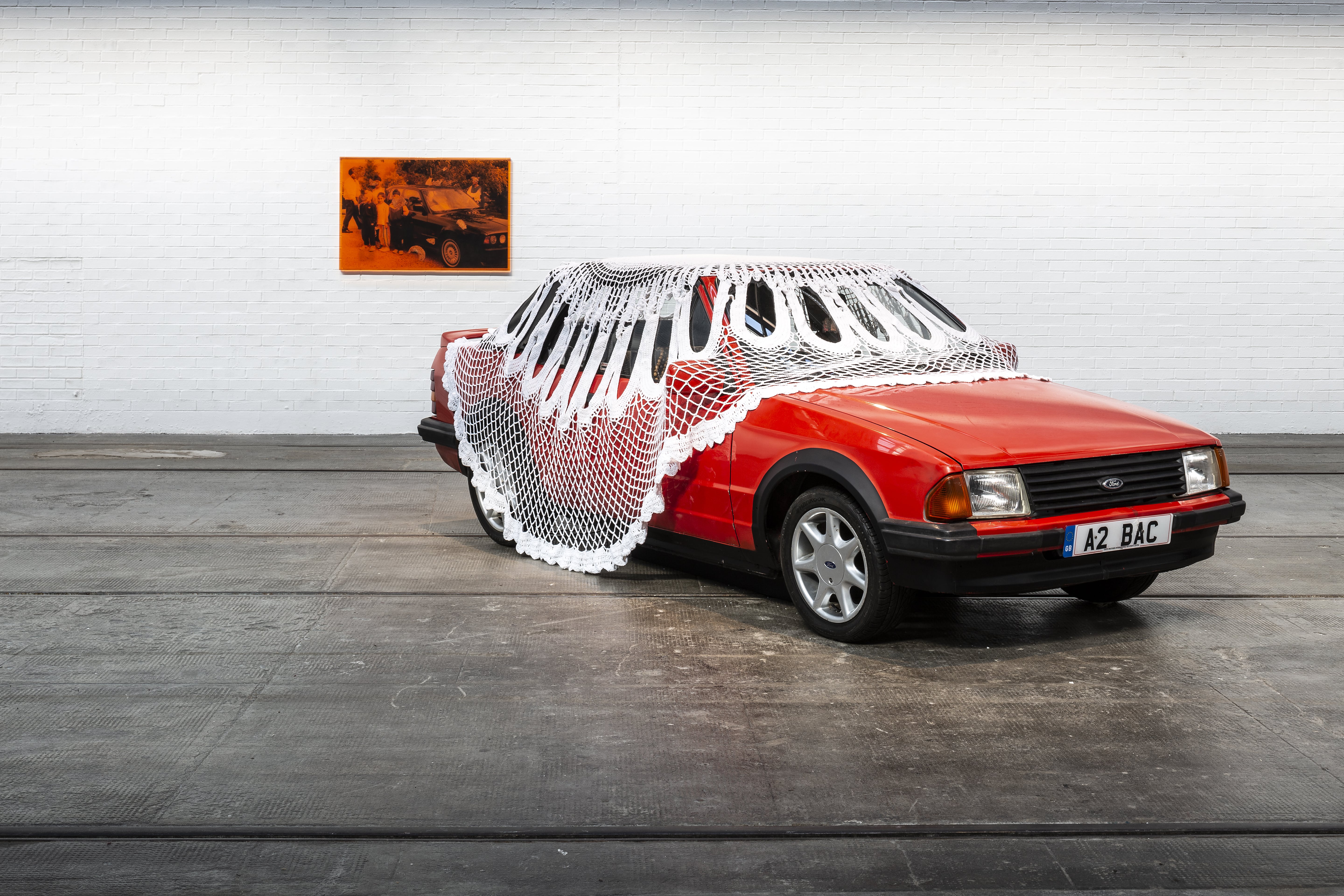 Jasleen Kaur wins the Turner Prize 2024
Jasleen Kaur wins the Turner Prize 2024Jasleen Kaur has won the Turner Prize 2024, recognised for her work which reflects upon everyday objects
By Hannah Silver
-
 Peggy Guggenheim: ‘My motto was “Buy a picture a day” and I lived up to it’
Peggy Guggenheim: ‘My motto was “Buy a picture a day” and I lived up to it’Five years spent at her Sussex country retreat inspired Peggy Guggenheim to reframe her future, kickstarting one of the most thrilling modern-art collections in history
By Caragh McKay
-
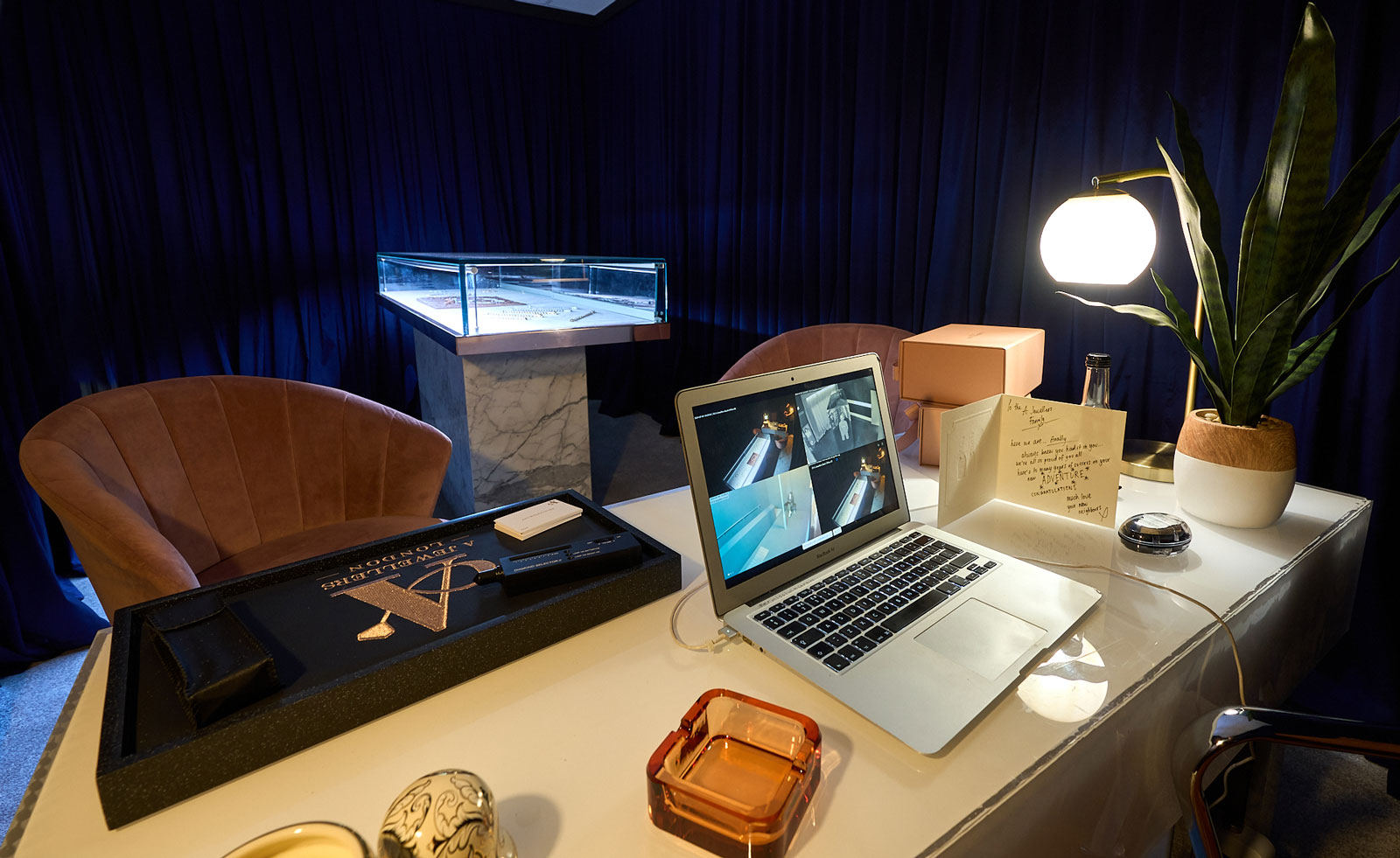 Please do touch the art: enter R.I.P. Germain’s underground world in Liverpool
Please do touch the art: enter R.I.P. Germain’s underground world in LiverpoolR.I.P. Germain’s ‘After GOD, Dudus Comes Next!’ is an immersive installation at FACT Liverpool
By Will Jennings